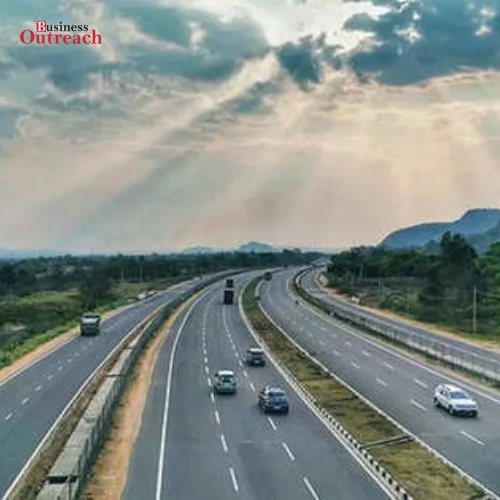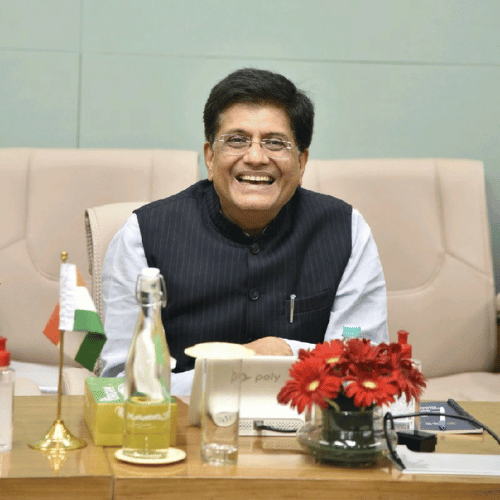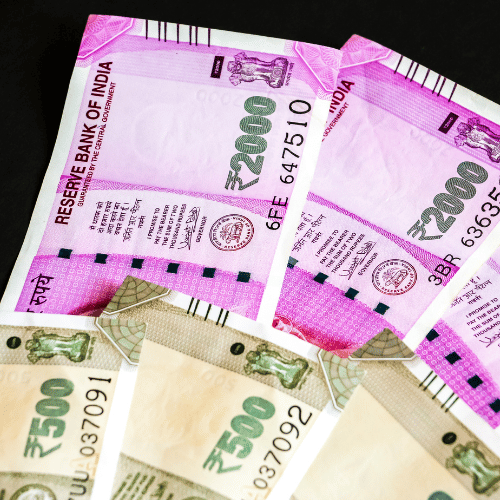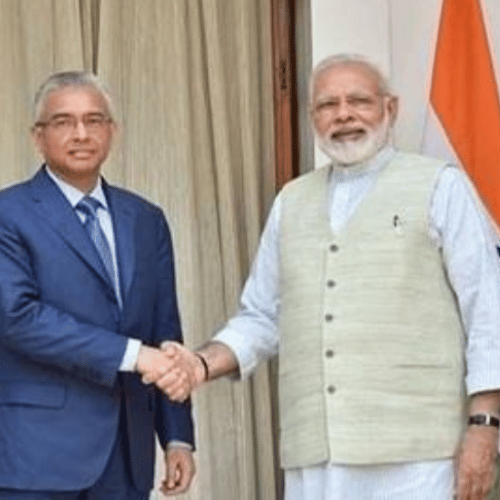On February 20, Prime Minister Narendra Modi opened the Indian Institute of Management (IIM) Jammu’s permanent campuses and the Indian Institute of Technology (IIT) Jammu’s official facility, which includes 52 laboratories, 104 faculty offices, and 27 lecture rooms.
IIM Jammu is the country’s youngest ‘Institute of National Importance’, having been founded by the Centre in 2016. The institute’s main post-graduate curriculum is the Master of Business Administration (MBA). Two cohorts of the course have already graduated.
IIT Jammu launched the BTech curriculum in 2016 with an initial intake of 30 students each in the Computer Science and Engineering, Electrical Engineering, and Mechanical Engineering disciplines.
The institute now provides BTech programs in Civil Engineering, Chemical Engineering, and Materials Engineering. In addition, the Department of Biosciences and Bio-Engineering (BSBE) will be established in 2021. BTech in Mathematics and Computing is available beginning with the 2023-24 session, with an initial admission of 40 students.
Jammu and Kashmir LG Manoj Sinha congratulated PM Modi ahead of the historic inauguration of developmental projects worth Rs 30,500 crore. The prime minister is in Jammu for a one-day visit.
The Prime Minister also opened the All India Institute of Medical Sciences (AIIMS) at Vijaypur (Samba), Jammu. He laid the foundation stone for the institute in February 2019, which is being constructed under the national government’s ‘Pradhan Mantri Swasthya Suraksha Yojana’.
The hospital, built at a cost of over Rs 1,660 crore and spanning 227 acres, has 720 beds, a medical college with 125 seats, a nursing college with 60 seats, an AYUSH block with 30 beds, residential accommodation for faculty and staff, hostel accommodation for UG and PG students, and a shopping complex, among other facilities.
Jammu and Kashmir’s physiographic richness is mirrored by its wide range of human occupations. Over time, colonization movements from the Punjab areas resulted in numerous agricultural communities in the southwestern region’s plains and foothills.
In the dun regions and lower valleys of the foothills, where alluvial soils and the availability of water for irrigation make agriculture possible, the population is sustained by crops of wheat and barley harvested in the spring (rabi), and rice and corn (maize) harvested in the late summer (kharif). Livestock is also raised. The upper valleys have a limited population that relies on a diversified economy of maize, livestock, and forests.
Each spring, herders relocate to higher pastures to provide food for their flocks, which produce milk and clarified butter, or ghee, for southern lowland markets. In the winter, hill people go to lower elevations to work in government-owned woods and lumber mills. Agricultural hamlets and nucleated villages prevail throughout the union territory, with cities and towns like Jammu and Udhampur serving primarily as market centers and administrative headquarters for the rural populations and estates in the area.














